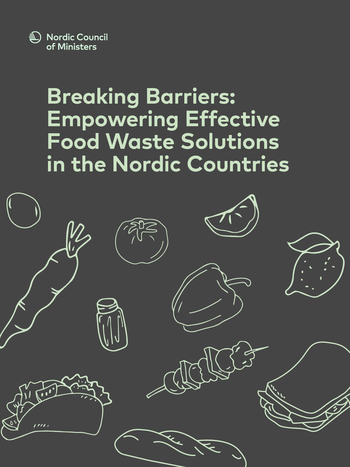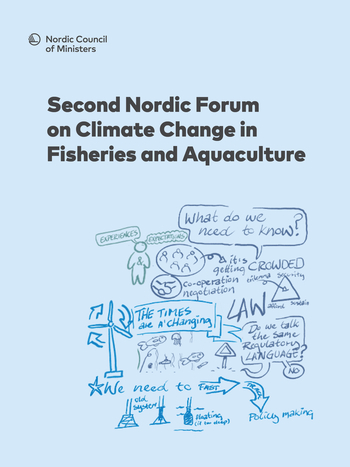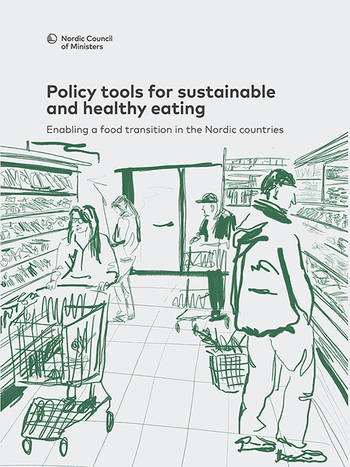Fourth Nordic Workshop on Food and Waterborne Viruses

Information
Publish date
Abstract
Why are there no standardised methods for the detection of enteric viruses in food and water?This is a repeated question raised by the industry and food authority in particular in connection with the recent norovirus outbreaks associated with imported oysters and raspberries. The food industry feels abandoned, as without standardised methods they have no tools to convincingly demonstrate that the food prepared at their factories will be safe for the consumer. Because currently no methods are available to measure the infectivity of norovirus, the food authority lacks the needed data for performing appropriate risk assessment and risk analysis studies.In the last couple of years, laboratory methods to detect noroviruses in foods have been greatly improved resulting in increased knowledge on which steps in the concentration, detection and typing of noroviruses need to be further optimized before international validated methods can be routinely used. This report presents the most important issues regarding the challenges of detecting enteric viruses (including noroviruses) in food and water that were discussed at the 4th Nordic Workshop. At this meeting researchers from Nordic countries and leading international experts concluded that it is important to not only focus on the epidemiology of foodborne and waterborne viral infections but also increase efforts to improve, harmonize and standardize laboratory methods for the detection of enteric viruses direct in potentially contaminated food such as oysters and raspberries.
Publication number
2006:584




